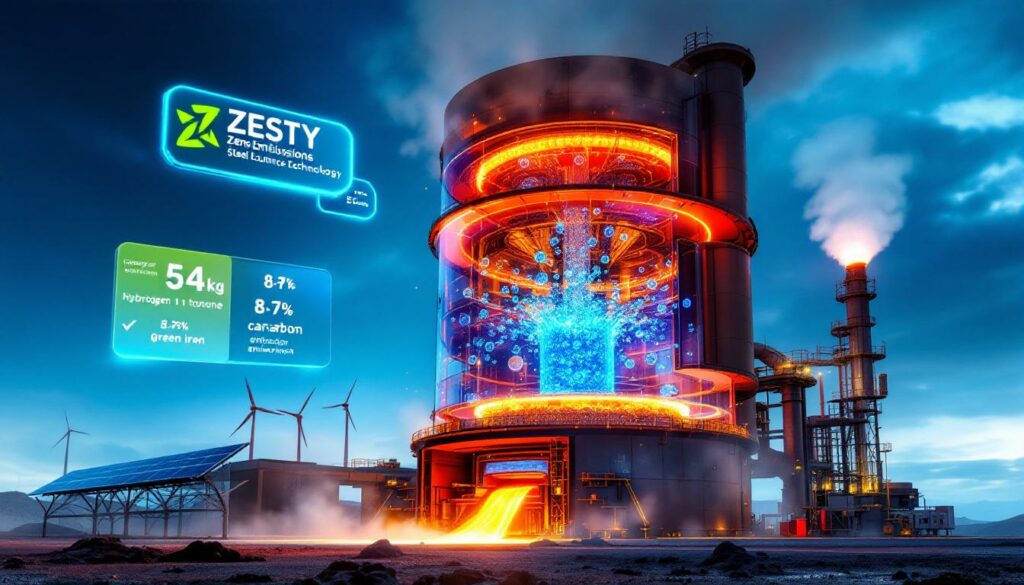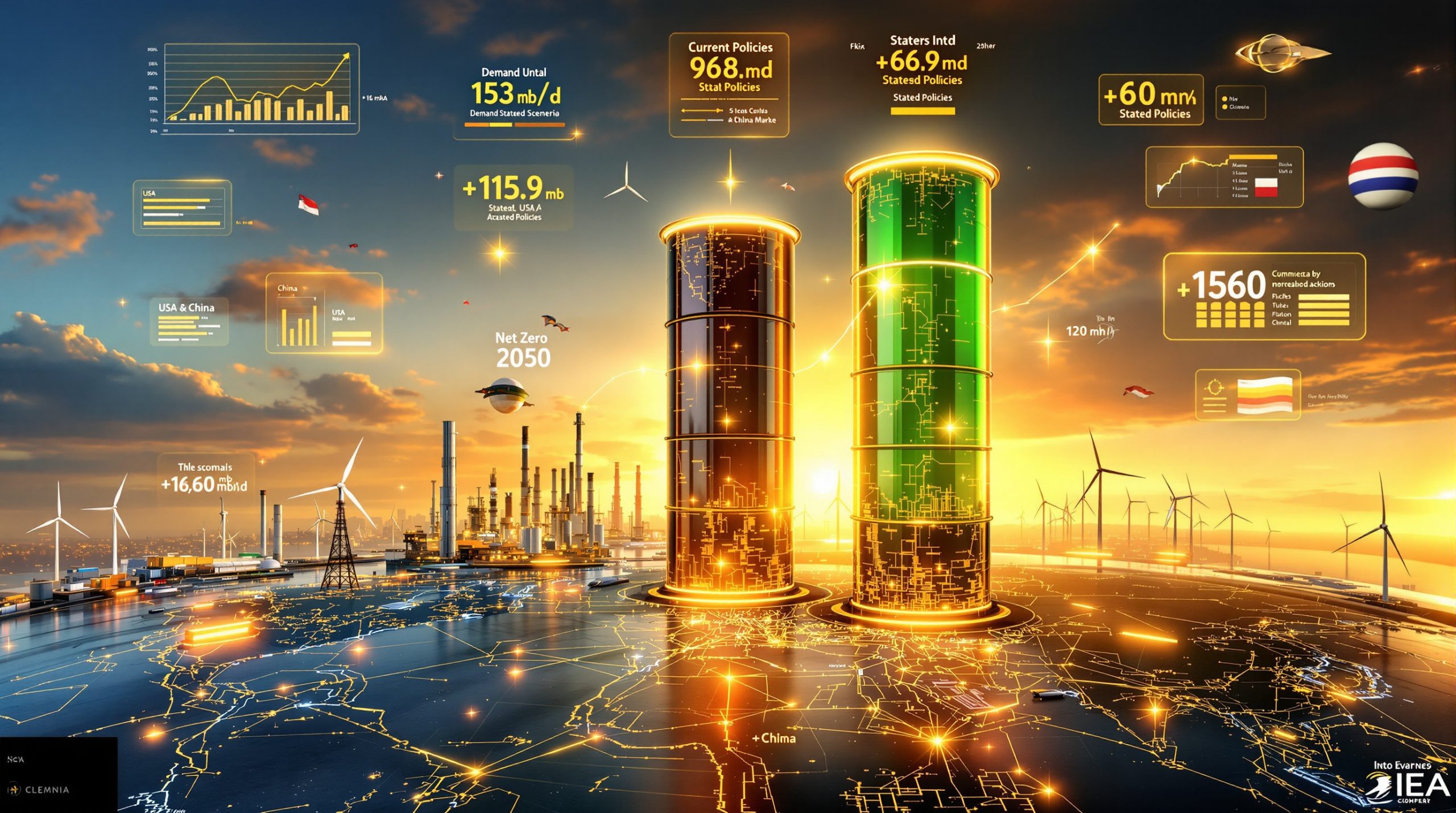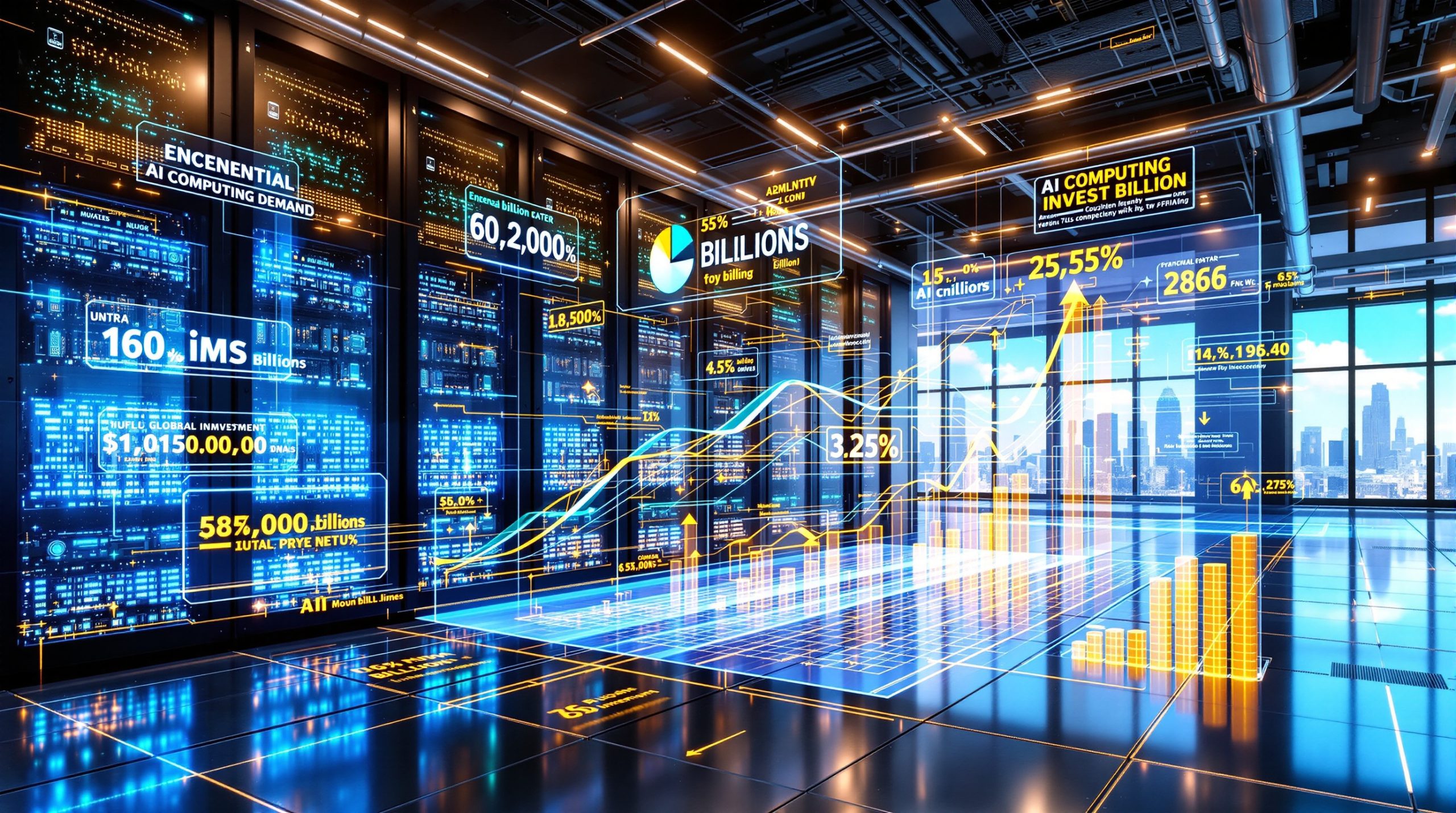What is ZESTY Green Iron Technology and How Does it Work?
Understanding Green Iron Production
The iron and steel industry is currently facing a critical environmental challenge. Traditional iron production methods contribute a staggering 7-8% of global carbon emissions, making it one of the most carbon-intensive industrial processes worldwide. Conventional iron reduction requires not only high-grade iron ore but also energy-intensive pelletization processes where iron ore fines must be formed into pellets before reduction can occur.
These established methods typically consume substantial amounts of hydrogen—approximately 100-120kg per tonne of iron produced—creating both economic and sustainability barriers to truly green iron production. The carbon footprint of traditional steelmaking has made it a prime target for energy transition insights as nations work toward meeting climate commitments.
The ARENA Funding Breakthrough
In July 2025, Calix and green iron plant grant from the Australian Renewable Energy Agency (ARENA) represented a pivotal moment for green iron technology development in Australia. This substantial funding of $44.9 million specifically supports the construction of Calix's ZESTY demonstration plant, designed to showcase the viability of this innovative technology at a meaningful scale.
As ARENA CEO Darren Miller explained: "What makes ZESTY so compelling is its potential to dramatically lower the amount of hydrogen required to convert iron ore into pure iron."
The grant aligns strategically with Australia's Future Made in Australia agenda, which aims to position the country as a leader in clean energy manufacturing. This funding represents more than just financial support—it signals government confidence in the technology's potential to transform how iron is produced globally.
ZESTY Technology Explained
The Zero Emissions Steel Technology (ZESTY) process represents a fundamental reimagining of iron production. At its core, ZESTY combines electric heating with hydrogen reduction in a novel reactor design that eliminates several inefficiencies inherent in conventional methods.
Unlike traditional processes that require high-grade iron ore and extensive preprocessing, ZESTY can directly utilize lower-grade ores and fines without the need for energy-intensive pelletization. This capability alone represents a significant advantage in reducing the overall energy footprint of iron production.
Perhaps most impressively, ZESTY reduces hydrogen consumption to approximately 54kg per tonne of iron—roughly half the requirement of conventional hydrogen-based direct reduction processes. As Phil Hodgson, Calix CEO and Managing Director, noted: "With the iron and steel industry responsible for approximately 7-8% of global carbon emissions, we look forward to working with ARENA to advance this project and help address this significant global challenge and opportunity."
How Will Calix's Demonstration Plant Transform Iron Production?
Production Capacity and Timeline
The ZESTY demonstration plant represents a critical step beyond laboratory-scale testing, with a planned production capacity of 30,000 tonnes per annum. This capacity, while modest compared to commercial-scale operations, provides sufficient output to validate the technology's economic and technical performance under real-world conditions.
The facility will produce hydrogen direct reduced iron (H2-DRI) or hot briquetted iron (HBI)—both valuable precursors for green steel production. What makes this demonstration particularly valuable is its flexible design for toll processing various iron ore types, allowing for comprehensive testing across different ore compositions and grades.
"Our shared vision is that a green iron industry here in Australia can add value to, and help future-proof, Australia's iron ore industry," Hodgson explained, highlighting the plant's role as both a technology demonstrator and a potential catalyst for a new domestic industry.
Implementation Schedule
Calix has outlined a comprehensive implementation timeline that reflects the significant engineering challenges involved in scaling novel metallurgical processes. The detailed engineering phase is already underway, with engineers developing specifications for key components like the innovative reactor design and hydrogen handling systems.
The company anticipates making a final investment decision in FY26, following completion of engineering studies and permitting processes. If approved, construction could begin in 2026, with operations projected to start in 2028—an ambitious but achievable timeline for industrial technology deployment at this scale.
This methodical approach allows for careful optimization of the process before full commercial deployment, mitigating technical risks while maximizing opportunities for process improvements during the scale-up phase.
Why is ZESTY Technology Considered Revolutionary?
Technological Advantages
ZESTY's revolutionary potential lies in several key technological advantages. First and foremost is its dramatically reduced hydrogen requirements—using as little as 54kg of hydrogen per tonne of iron compared to 100-120kg in conventional processes. This efficiency improvement directly addresses one of the primary economic barriers to green steel production: the cost and availability of green hydrogen.
The technology's compatibility with variable renewable energy sources represents another significant advancement. Unlike many industrial processes that require continuous operation, ZESTY's design accommodates the inherent variability of solar and wind power generation, enabling truly renewable-powered metal production.
Perhaps most importantly, ZESTY offers operational flexibility that conventional technologies lack. It can adjust production rates based on energy availability and can process a wide range of ore qualities without extensive modifications. This adaptability makes it uniquely suited to Australia's evolving energy landscape and diverse iron ore resources.
Environmental Impact
The environmental significance of ZESTY technology extends far beyond its Australian origins. By directly addressing one of the world's most carbon-intensive industrial processes, ZESTY offers a pathway to meaningful emissions reduction in a traditionally hard-to-abate sector.
As Federal Minister for Climate Change and Energy Chris Bowen observed: "We're backing technologies like ZESTY because cutting emissions from heavy industry is not only essential to reaching net zero—it's also good for Australian workers and good for our economy."
The technology's recognition with the prestigious Net-Zero Industries Award at COP29 and the Decarb Connect Next Gen Award underscores its potential global impact. These accolades reflect international recognition of ZESTY's potential to help fulfill the Paris Agreement commitments by providing a viable decarbonization pathway for steel production worldwide.
"Australia is the world's largest exporter of iron ore—and with that comes a massive opportunity to help decarbonise global steelmaking," noted Chris Bowen, highlighting the technology's strategic importance.
What Makes Australia Strategically Positioned for Green Iron Production?
Resource Advantages
Australia possesses a unique combination of resources that positions it ideally for green iron production. As the world's largest exporter of iron ore, Australia already controls a critical component of the steelmaking supply chain, shipping approximately 880 million tonnes annually to global markets.
Beyond its mineral wealth, Australia boasts world-class renewable energy resources, particularly in solar and wind. The country's western and northern regions—which coincide with major iron ore deposits—receive some of the highest solar irradiation levels globally, while coastal areas offer excellent wind resources. This renewable potential exceeds 40,000 MW of capacity, providing the clean energy foundation necessary for truly green iron production.
Australia's existing mining infrastructure and expertise represent another significant advantage. Decades of investment opportunities 2025 in rail networks, ports, and mining operations have created sophisticated logistics systems that can be leveraged for a green iron industry, reducing capital requirements and accelerating deployment.
Economic Opportunities
The development of a green iron industry presents transformative economic opportunities for Australia. By adding value to its iron ore exports through domestic processing, Australia could capture a larger share of the steelmaking value chain while future-proofing its resources sector against potential carbon border adjustment mechanisms being implemented by major trading partners.
As Darren Miller of ARENA explained: "ZESTY, in combination with use of renewable electricity from Australia's world-class solar and wind resources, has the potential to create a new green iron industry targeting both domestic and export markets as the world transitions away from fossil fuels."
This transition could create thousands of skilled jobs in regional communities, supporting economic diversification in areas traditionally dependent on conventional mining. The emerging green iron sector would also stimulate adjacent industries, from renewable energy development to advanced manufacturing, creating multiplier effects throughout the Australian economy.
How Does ZESTY Compare to Other Green Iron Technologies?
Competitive Advantages
When compared to other emerging green iron technologies, ZESTY demonstrates several significant competitive advantages. Its hydrogen efficiency stands out immediately—ZESTY's 54kg per tonne requirement compares favorably to MIDREX H2 (60-70kg/tonne) and HYBRIT (65-75kg/tonne), two leading alternative technologies.
The ability to use lower-grade ores provides another substantial economic advantage. While technologies like HYBRIT require high-grade magnetite and extensive pelletization, ZESTY can directly process a wider range of ore qualities, including fines that would otherwise require additional processing. This flexibility reduces input costs and expands the resource base available for green iron production.
ZESTY's elimination of the pelletization step represents a major process simplification. Conventional direct reduction processes typically require iron ore to be formed into pellets before reduction—an energy-intensive step that adds approximately 10-15% to the overall energy requirements of ironmaking. By processing fines directly, ZESTY removes this energy burden entirely.
Industry Recognition
ZESTY's growing industry recognition validates its technological promise. The recent Net-Zero Industries Award at COP29 placed ZESTY among the world's most promising decarbonization technologies, while the Decarb Connect Next Gen Award specifically acknowledged its potential to transform hard-to-abate industrial sectors.
Successful pilot-scale testing has provided critical validation of the core technology principles. These tests confirmed both the hydrogen efficiency claims and the ability to process various ore types, establishing a solid foundation for the larger demonstration plant now under development.
ARENA's endorsement through its substantial $44.9 million funding commitment represents perhaps the most significant external validation. As a government agency with a rigorous due diligence process, ARENA's support signals confidence in both the technology's potential and Calix's ability to execute the demonstration project successfully.
What Are the Broader Implications for Global Decarbonization?
Industry Impact
The successful deployment of ZESTY technology could catalyze transformation across the global steel industry. With iron and steel production accounting for 7-8% of global carbon emissions, technologies that enable green steel production address one of the most challenging aspects of industrial decarbonization.
ZESTY creates a practical pathway for the steel industry to achieve meaningful emissions reductions in the near term, rather than relying on future breakthroughs or carbon capture technologies. By demonstrating economic viability at scale, the ZESTY demonstration plant could accelerate electrification initiatives in iron production globally.
The technology also provides a model for other hard-to-abate sectors by showcasing how process innovation, rather than end-of-pipe solutions, can fundamentally resolve emissions challenges. This approach—reimagining industrial processes rather than simply attempting to clean up existing ones—offers valuable lessons for industries from cement production to petrochemicals.
Policy Alignment
ZESTY's development aligns perfectly with emerging policy priorities both in Australia and globally. The technology directly supports Australia's Future Made in Australia agenda, which aims to leverage the country's resources and renewable energy potential to create advanced manufacturing opportunities.
The project demonstrates the practical implementation of climate policy through industrial innovation. As governments worldwide strengthen emissions reduction commitments, technologies like ZESTY that offer substantial abatement potential become increasingly valuable policy tools.
Perhaps most importantly, ZESTY creates a blueprint for industrial transformation that balances environmental imperatives with economic development. By creating new value-added industries while reducing emissions, it offers a model for sustainability transformation policies that maintain employment while moving toward a low-carbon economy.
FAQ: Calix Green Iron Technology
What is the total funding amount for the ZESTY demonstration plant?
The Australian Renewable Energy Agency (ARENA) has provided $44.9 million in funding to support the construction of Calix's ZESTY green iron demonstration plant. This represents a significant portion of the total project cost and demonstrates strong government commitment to the technology's development.
How much iron will the demonstration plant produce?
The plant is designed to produce up to 30,000 tonnes per annum of hydrogen direct reduced iron (H2-DRI) or hot briquetted iron (HBI). While this capacity is modest compared to commercial-scale operations, it provides sufficient scale to validate the technology's performance and economics.
When is the plant expected to begin operations?
Following detailed engineering and a final investment decision in FY26, construction could begin in 2026 with operations projected to start in 2028. This timeline allows for thorough engineering development while still moving the technology toward commercial deployment at a reasonable pace.
What makes ZESTY technology different from conventional methods?
ZESTY combines electric heating with hydrogen reduction in a novel reactor design that requires less hydrogen (as little as 54kg per tonne of iron compared to 100-120kg in conventional processes). It eliminates the need for pelletization and can use lower-grade ores and fines directly, significantly simplifying the ironmaking process.
How does this technology help reduce carbon emissions?
By using renewable electricity and significantly less hydrogen than conventional methods, ZESTY addresses the approximately 7-8% of global carbon emissions currently attributed to the iron and steel industry. The technology provides a pathway to produce iron with near-zero emissions when powered by renewable energy, compared to conventional processes that typically emit 1.5-2 tonnes of CO2 per tonne of iron produced.
Disclaimer:
The operational timeline and production capacities mentioned in this article represent current projections and may be subject to change as the project develops. Investment decisions should not be based solely on the information contained herein. Environmental impact claims are based on pilot-scale testing and theoretical models; commercial-scale performance may vary.
Looking to Capitalize on the Next ASX Green Technology Breakthrough?
Discover the investment opportunities in innovative green technologies like ZESTY before the market moves with Discovery Alert's proprietary Discovery IQ model, delivering real-time notifications of significant mineral and technology breakthroughs on the ASX. Visit the Discovery Alert discoveries page to see how early identification of game-changing technologies has historically delivered exceptional returns for informed investors.




